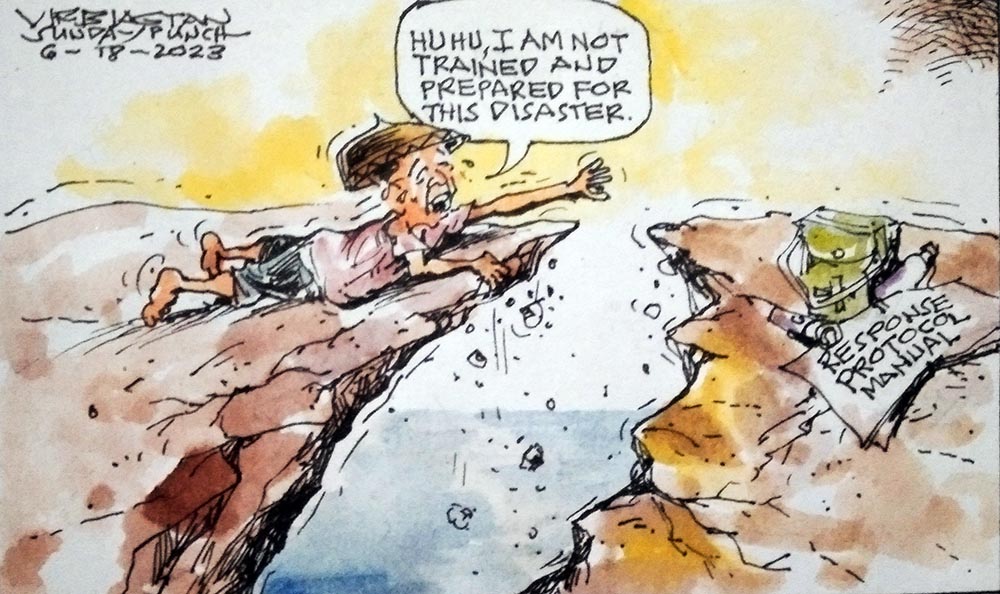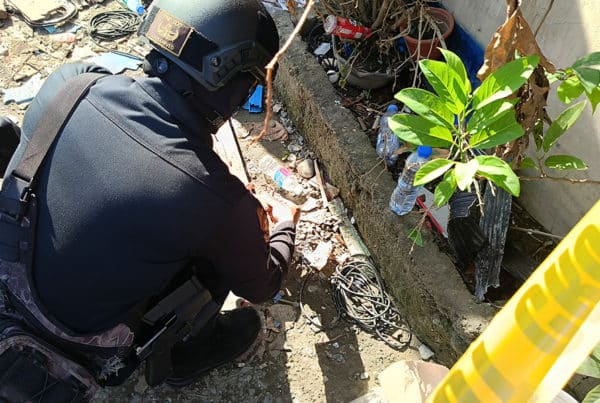
Wanted: Response protocols to earthquake, tsunami
MODERN science and technology still cannot predict where and when earthquakes will happen and how strong. The only thing that can be predicted is how the emergency response should be.
So far, Northern Luzon has been spared from the strong tremors that hit Mindanao and the Visayas of late, and these perhaps have led many local governments in Luzon to be lax, without any urgency to install levels of response protocol for various intensity of earthquakes.
Such a protocol is absent in many provincial and city/town levels. A reactive response has always been the norm that always resulted in needless deaths and damages to properties.
There are already hard lessons learned from the July 16, 1990 killer earthquake that hit Dagupan City. It killed 17 residents, destroyed hundreds of homes, bridges and damaged practically all buildings in the city. Hence, any preparation that merely prepares evacuation centers can never be viewed as an adequate response.
There are lessons, too, to be learned from Japan that established response protocols due to frequency of earthquakes in the country.
It behooves the provincial government, through its Provincial Disaster Risk Reduction and Management Councils (PDRRMC), therefore, to call for a summit among city and town chapters of DRRMC to draft and establish response protocols in case of earthquake and tsunami.
The Guico administration should not forget that Pangasinan is prone to earthquakes due to the Manila Trench and Philippine fault zone.
Note that five years ago, the PDRRMC began monitoring fault lines that could trigger killer earthquakes that can have a magnitude of 8.2. That study should be unearthed as a basis to discuss the desired response protocols in areas close to the Manila Trench, the San Roque Dam and villages near the Lingayen Gulf.
Pangasinan was spared anew but will the provincial government act now… or just wait for another killer tremor before it acts?









